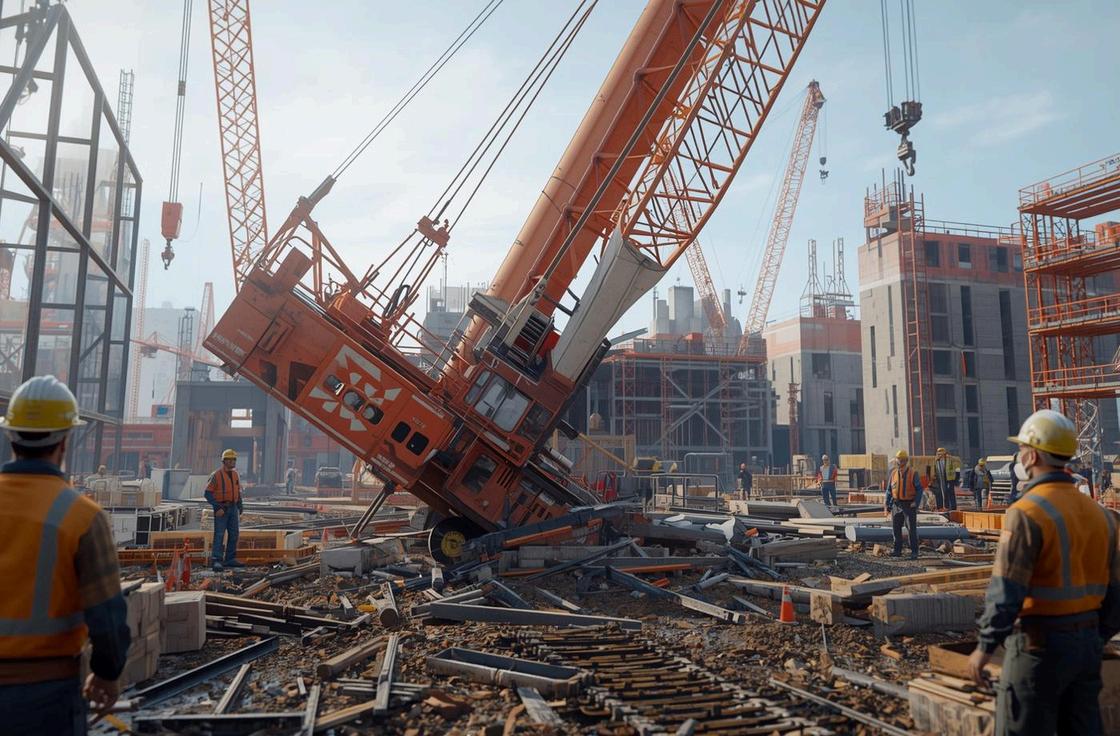The Importance of Safety Training
FOR CONSTRUCTION WORKERS
BY WILLIAM DEPIPPO


BY WILLIAM DEPIPPO

Safety training is essential in construction, reducing injuries and fatalities while fostering a culture of safety to protect workers and enhance productivity.
Construction work presents significant hazards that can lead to injuries or fatalities. Major risks include falls from heights, equipment accidents involving cranes or heavy machinery, and electrical hazards from exposed wiring. Recognizing these dangers is essential for effective safety training.



Serious injuries can occur from falls on-site
Accidents involving heavy machinery can be fatal
Exposed wires pose risks of electrocution or fires
LONG-TERM
Increased accident rates on construction sites
Higher medical costs due to injuries
Legal liabilities and lawsuits from negligence
Decreased worker morale and productivity
Negative reputation affecting business opportunities
Investing in safety training yields significant benefits: Reduces accidents, injuries, and fatalities. Enhances worker morale and productivity. Strengthens company reputation and compliance with regulations. The impact of these improvements is profound for any organization.


REDUCTION
Decrease in accidents and fatalities IMPROVEMENT
Enhanced morale and productivity levels
To ensure training is effective and sustainable, key elements include:
Hands-on exercises that engage workers
Regular refreshers to reinforce knowledge
Use of real-world scenarios to enhance realism
Management support is crucial.
Engaging in hands-on training allows construction workers to practice safety procedures in a controlled environment, reinforcing learned skills through practical application and enhancing their confidence on site.
Regularly scheduled refreshers are essential to ensure workers stay updated on safety protocols, helping to retain knowledge and adapt to changes in regulations or equipment over time.
Incorporating real-world scenarios in training sessions enables workers to navigate potential hazards effectively, enhancing their problem-solving abilities and preparing them for unforeseen challenges on the job site.